Brisbane - Sept 2nd
White Ibis - This was first bird that caught our eyes in Brisbane. They were seen flying from tree top to tree top in the city, frequenting the fountains in the parks near our hotel.

Silver Gull - These were seen all along the river which winds its way through Brisbane.
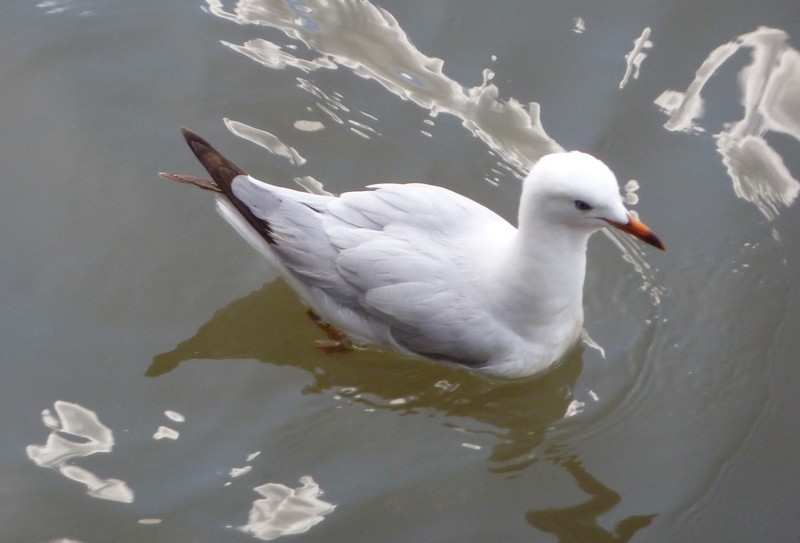

O'Reilly's Rainforest Retreat - Sept 4th
O'Reilly's Rainforest Retreat is located near Lamington National Park, a 2 hour drive south and east of Brisbane. This Wonga Pigeon was one of the first birds to greet us.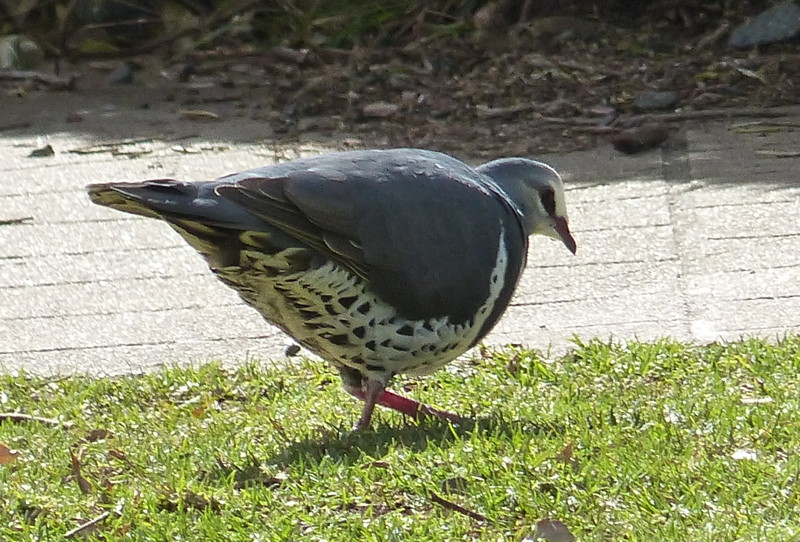

Australian King-Parrot - All of the birds at O'Reilly's are in their natural habitat. Some of the birds some appear to be tame, perhaps because they have become accustomed to guests at the lodge.
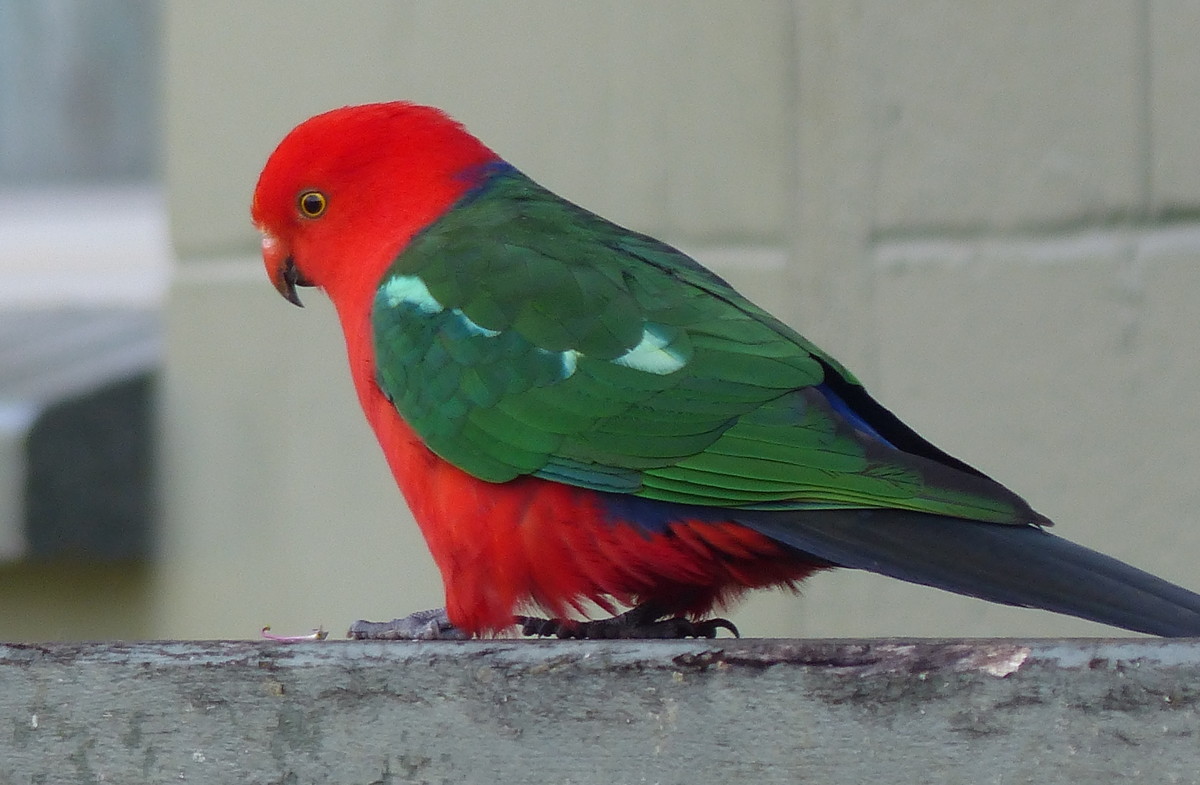
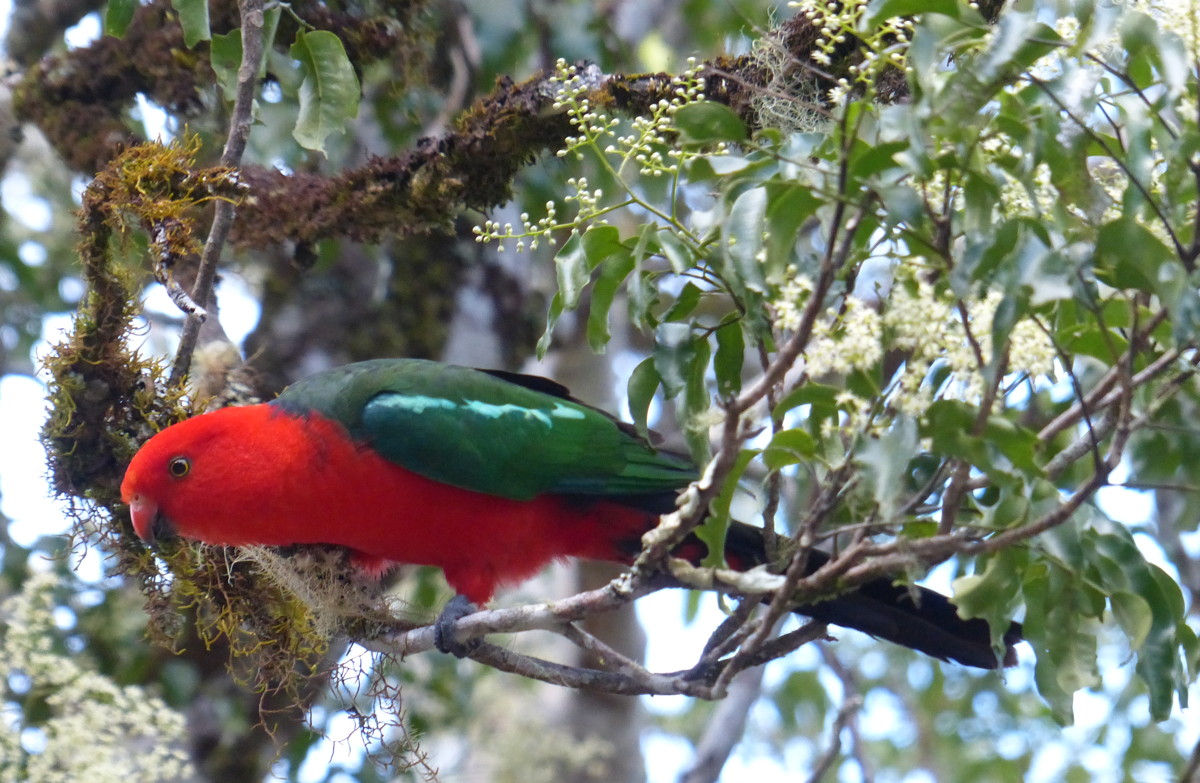
This is the female King-Parrot. Notice her green head.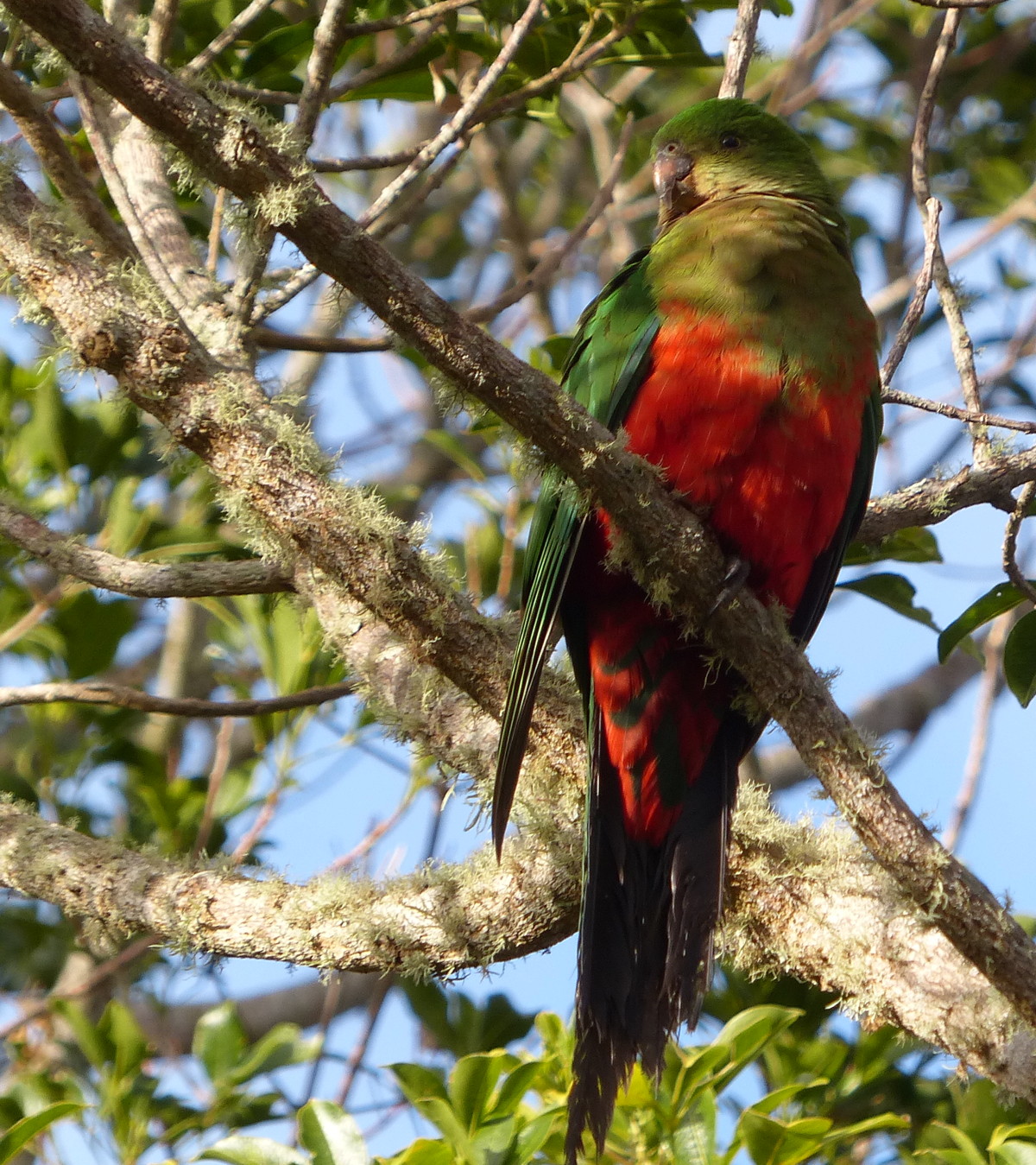


This is the female King-Parrot. Notice her green head.

Black-backed Magpie - These birds were very easy to see during our stay here. They were also one of the largest birds in the area.
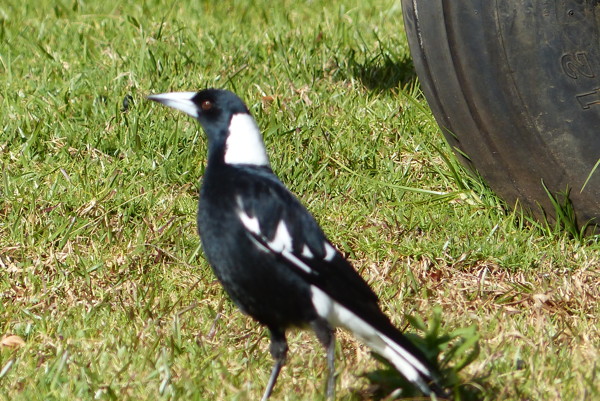

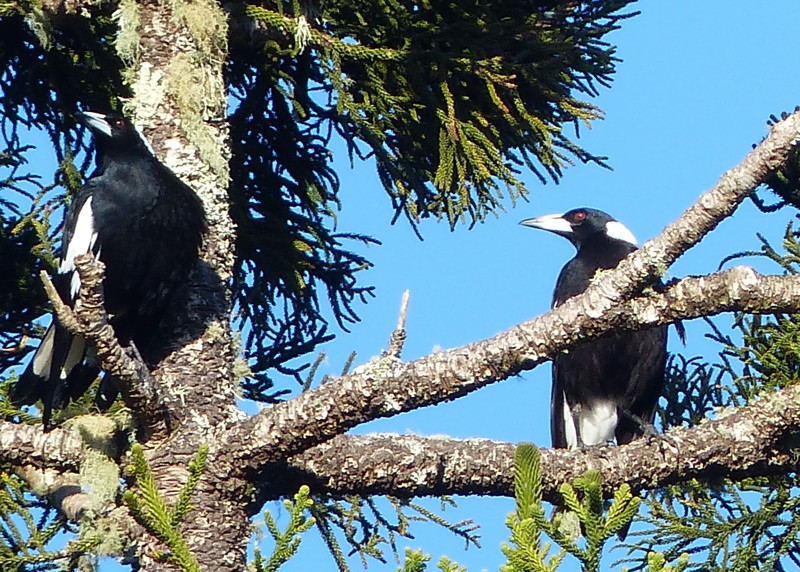
Brush Turkey (eastern form) - These birds were so tame they became pests when the more showy birds were being fed which was permitted at O'Reilly's. This one had just chased the other birds away and he too was soon shooed off the fence. In the wild these birds as well as the Scrubfowl lay a single egg in a pile which they prepare from fallen leaves, sticks, and grasses to make a mound. They manage to tend the mound, adding or removing material to maintain incubation temperatures until their egg hatches. After that the chick is on its own in the world with no more support from the parents. (The yellow collar is a natural one.)
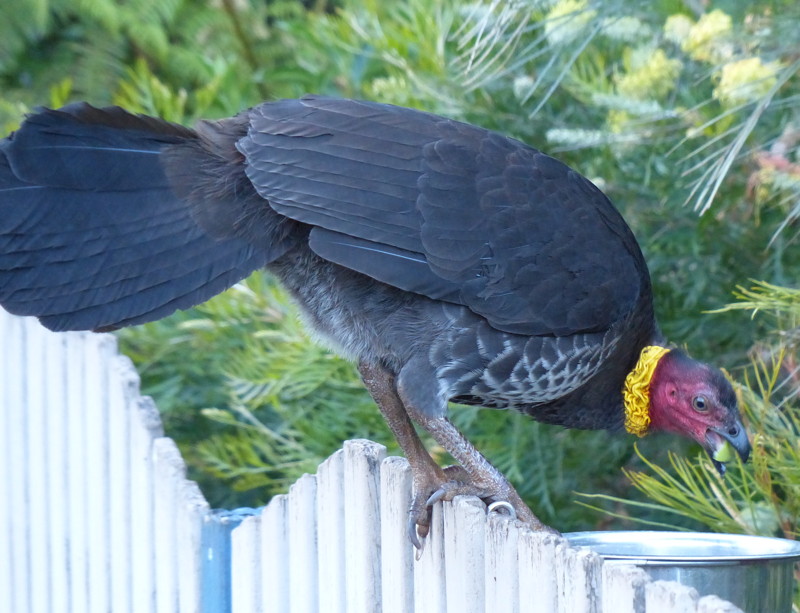
Crimson Rosella - Smaller than the King Parrot, these were even more plentiful and tame.
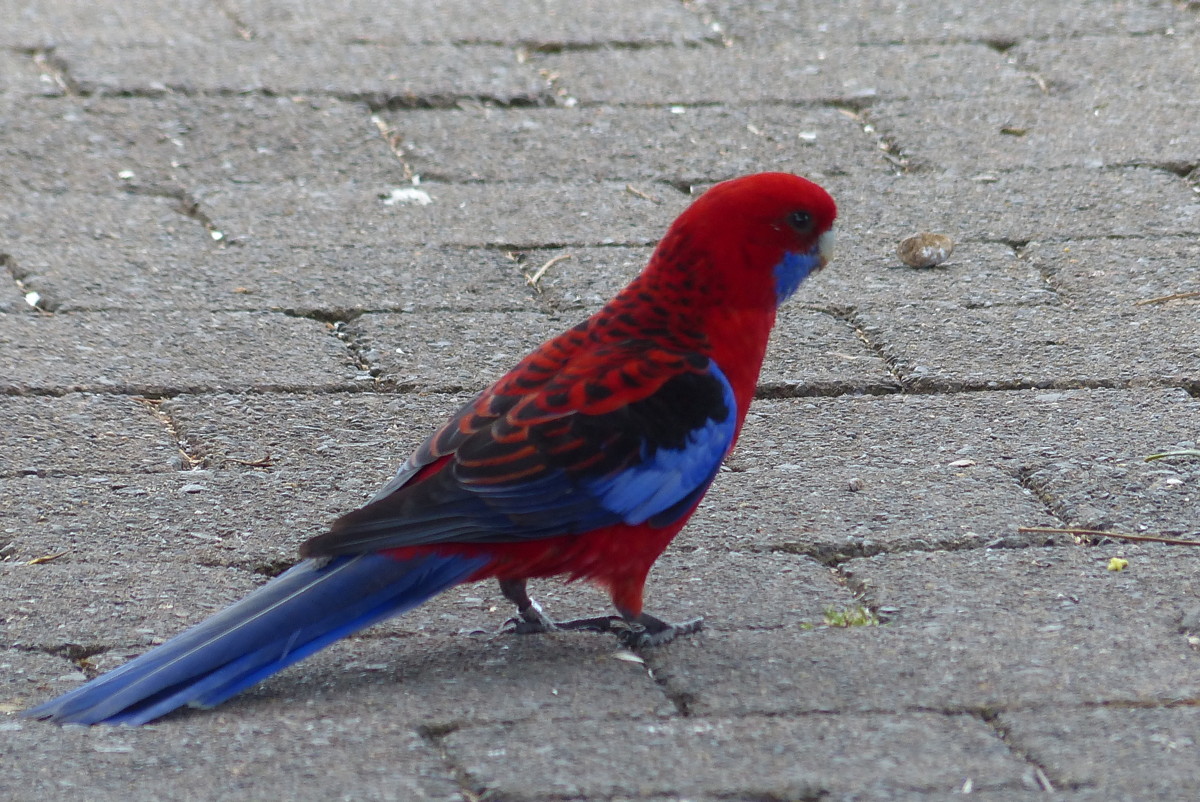


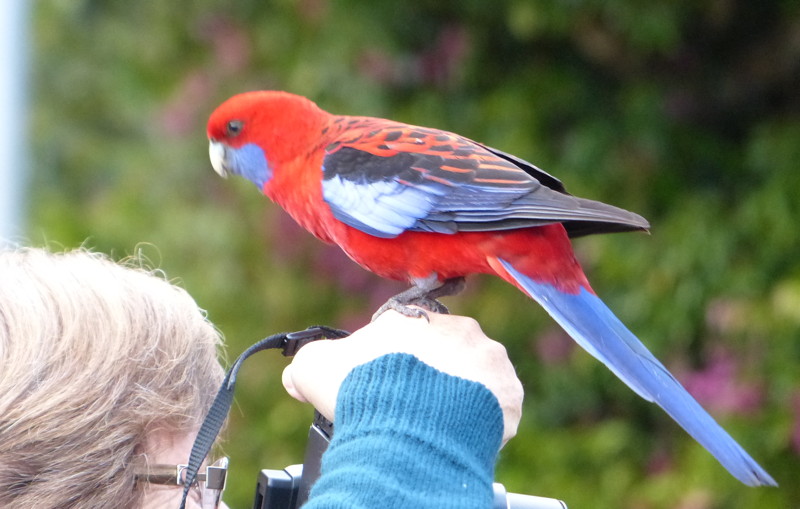
Regent Bowerbird - Next to the Rosellas and parrots, these are the most colorful of the birds we saw.
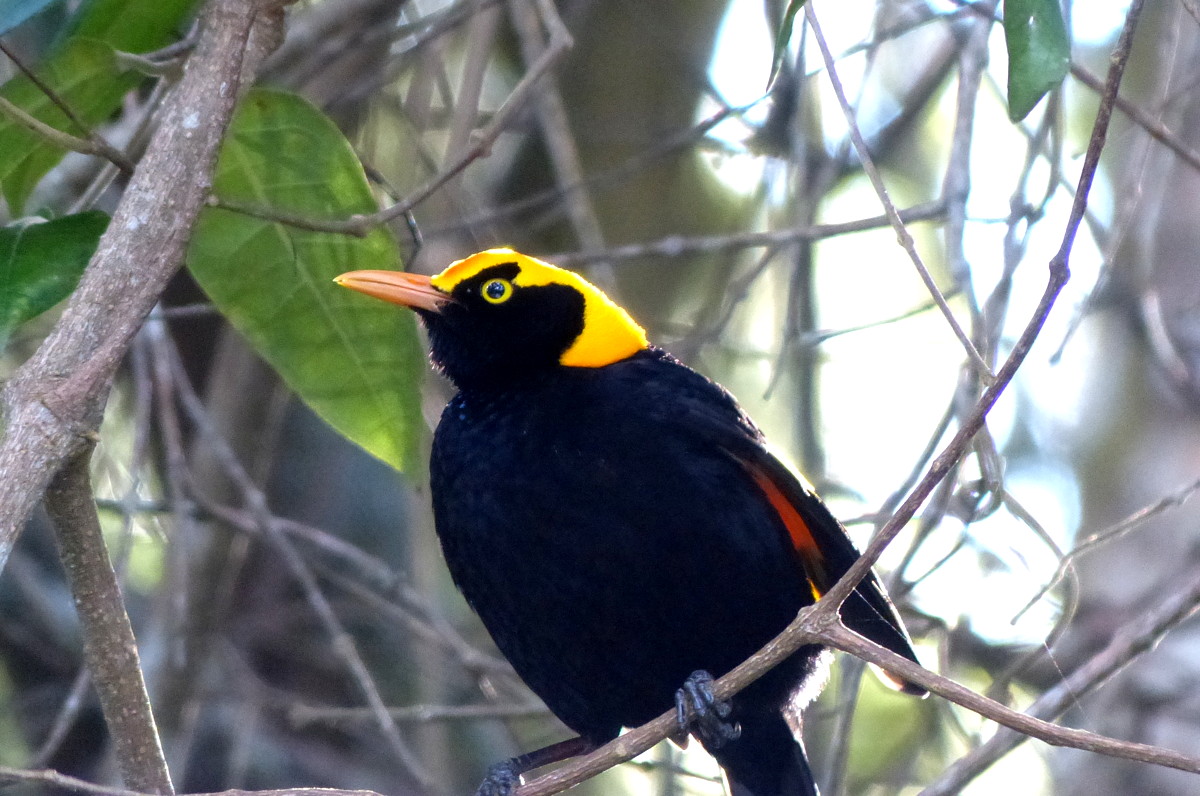


Russet-tailed Thrush - The one in the first photo has a piece of salami that was offered by Mike O'Reilly, who took us on a short bird walk. He seemed fond of feeding the birds and had interesting stories to tell.
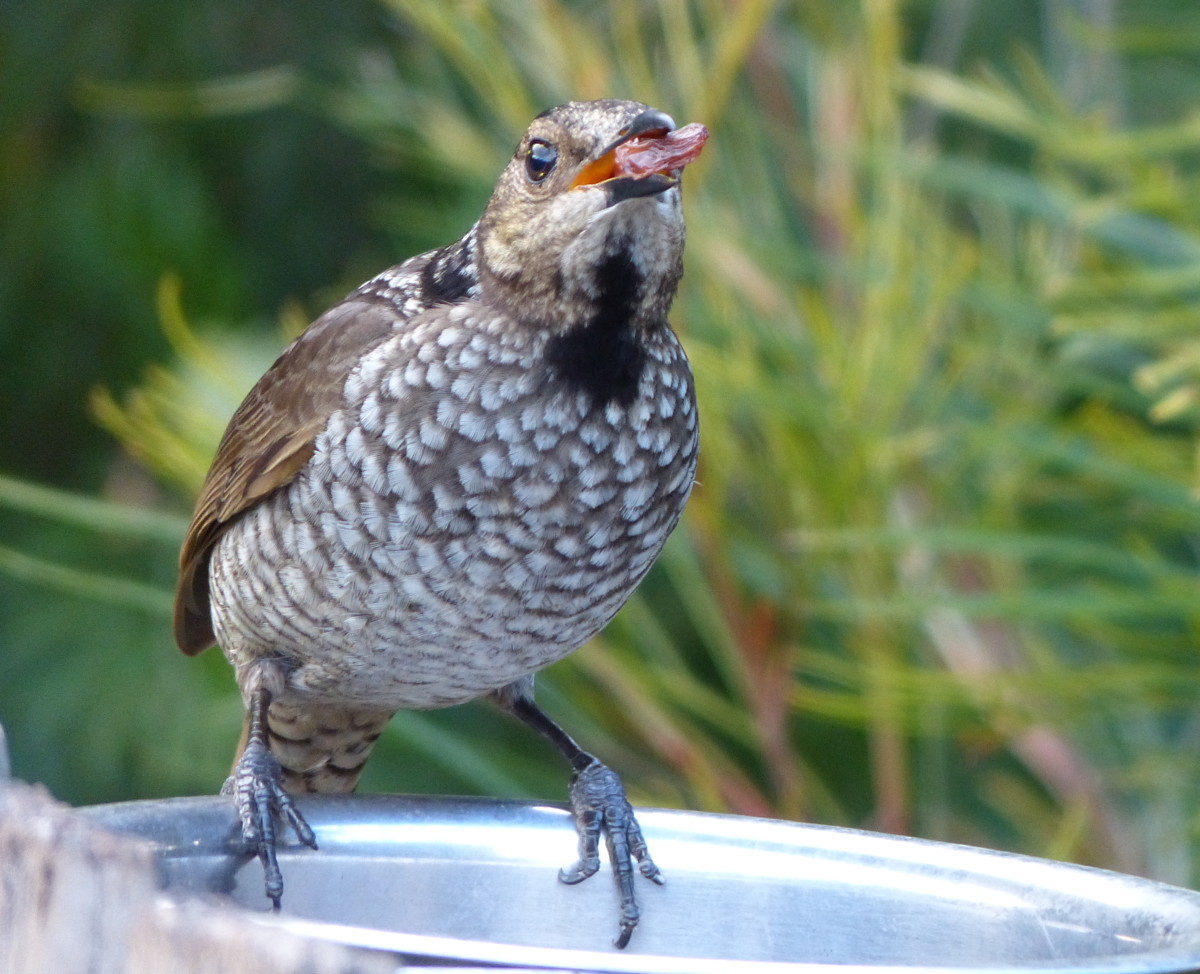

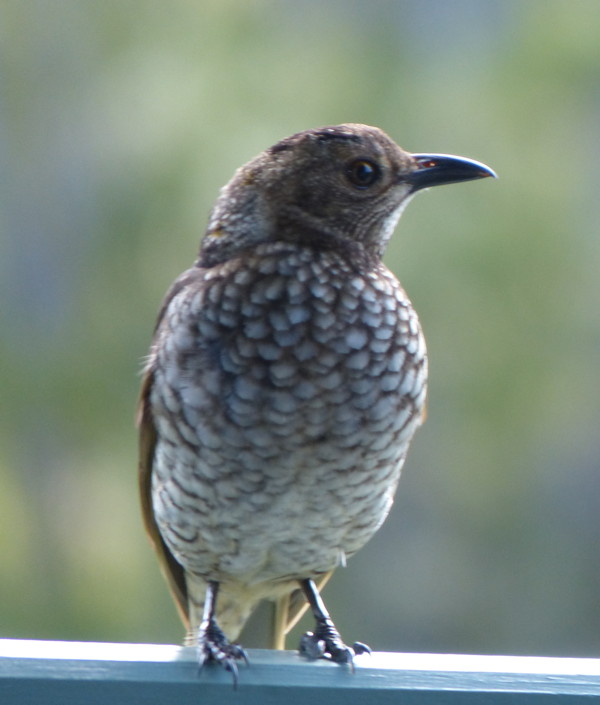

Eastern Whipbird - The hand in the photo is that of Mike O'Reilly mentioned above.


Satin Bowerbird - The males build bowers to attract females. We saw four different bowers while we were here. They collect anything blue to add to the bower as can be seen in the following photos. The male is satin blue, the female a colorful green. The receptionist at the front desk told us she lost several blue pens to these males.
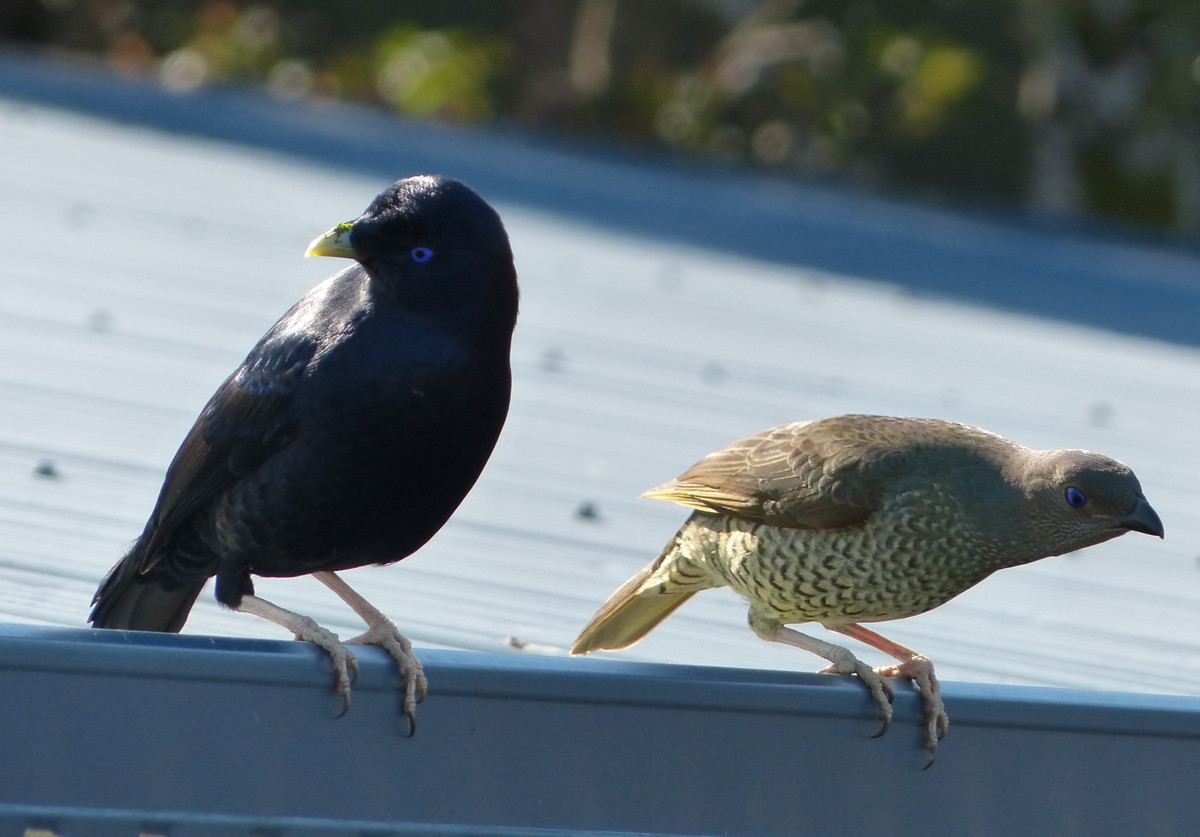

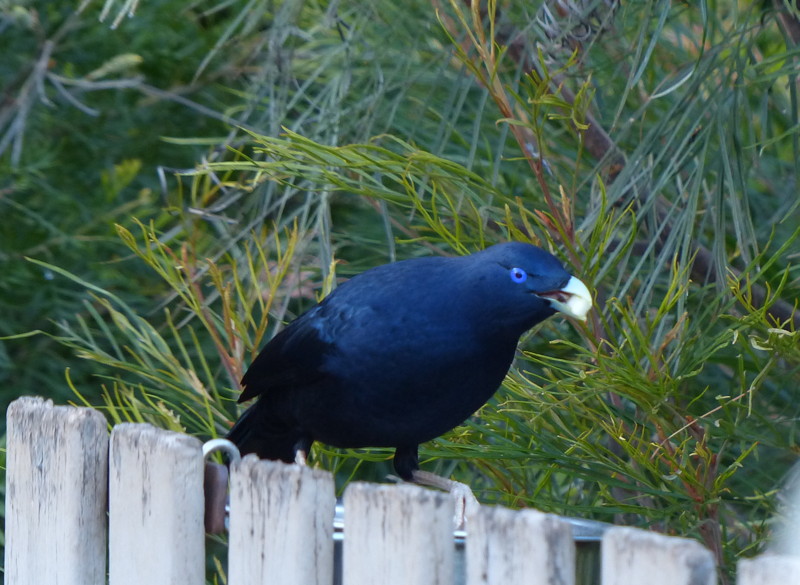
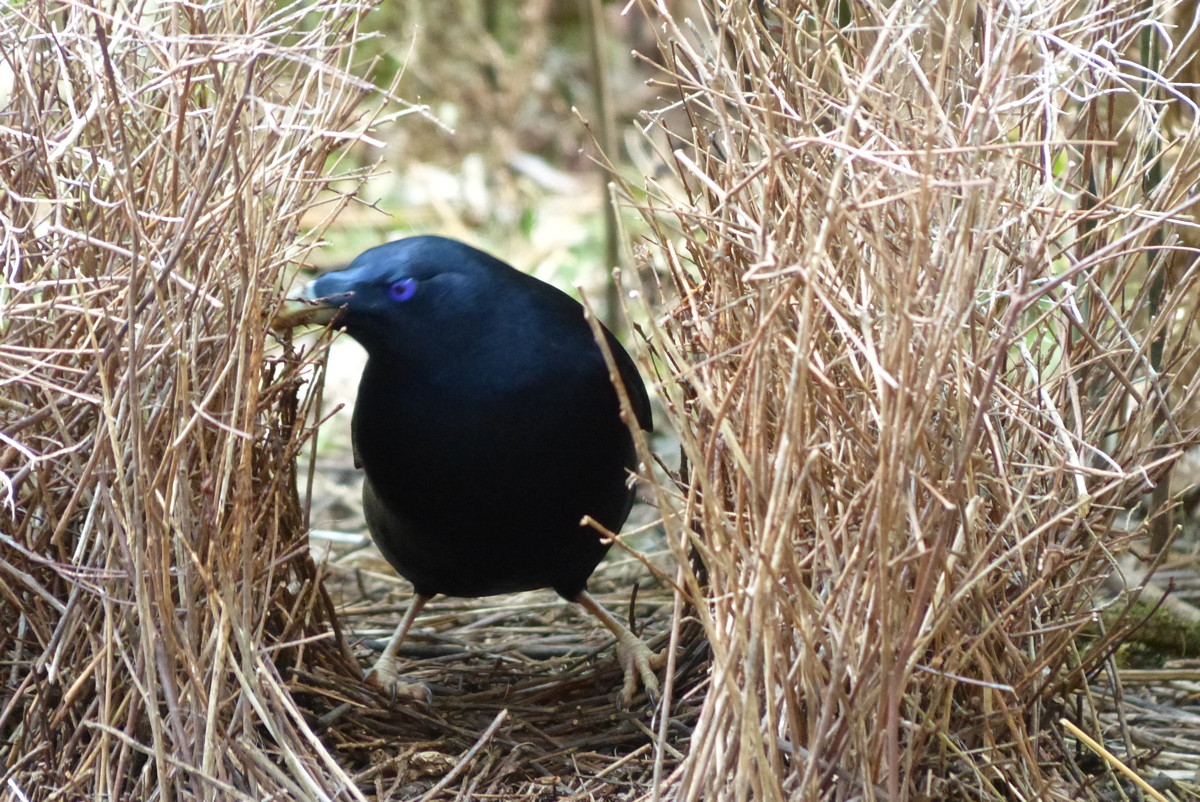
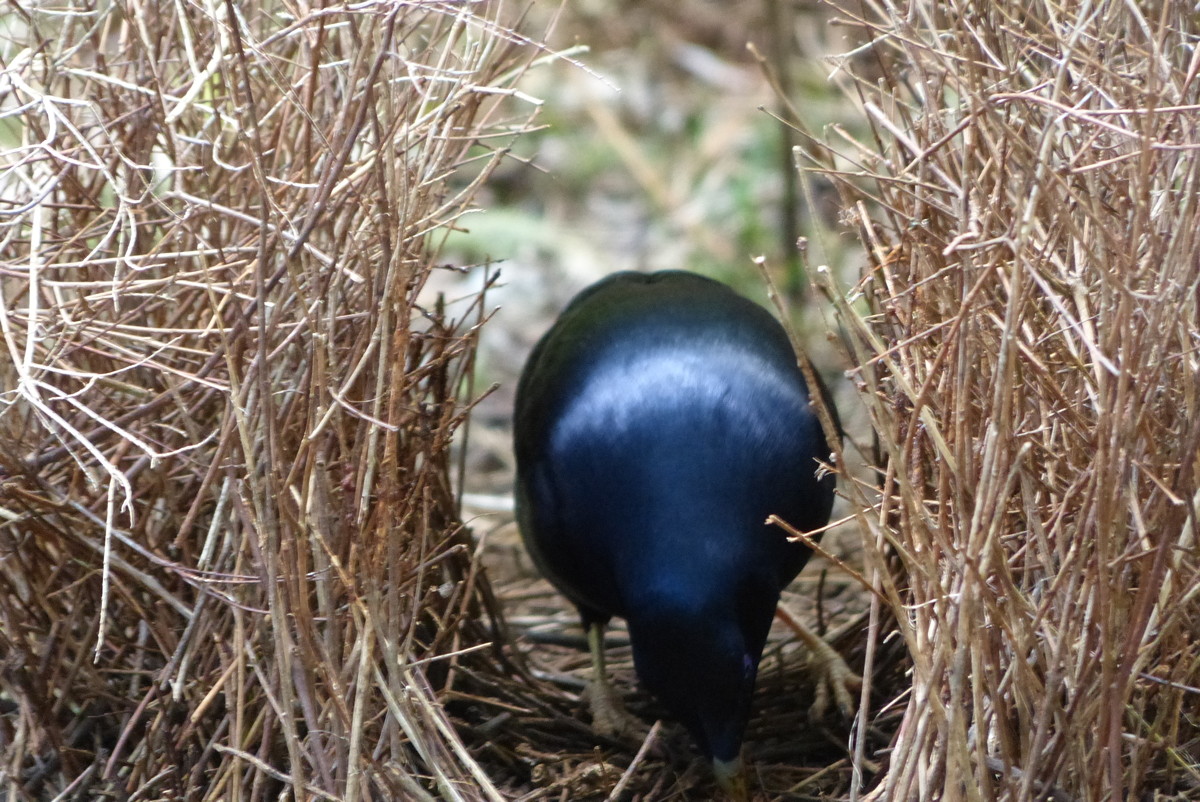
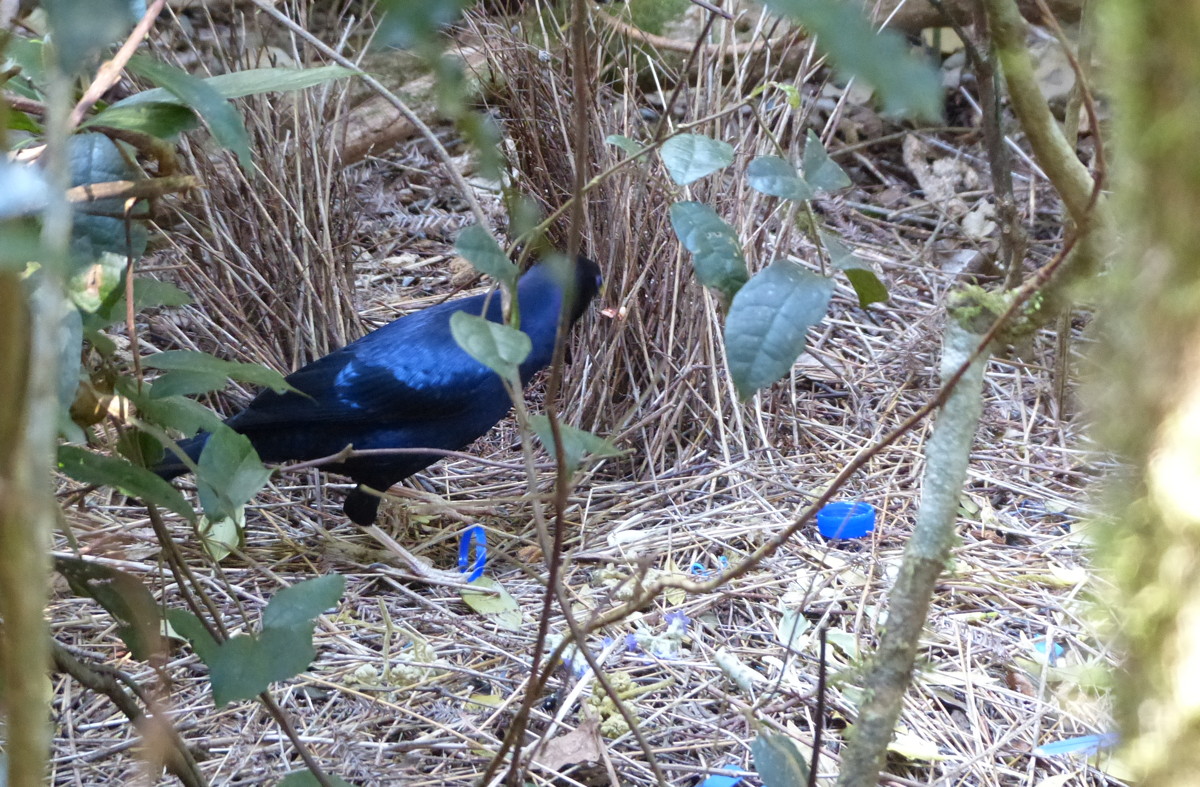
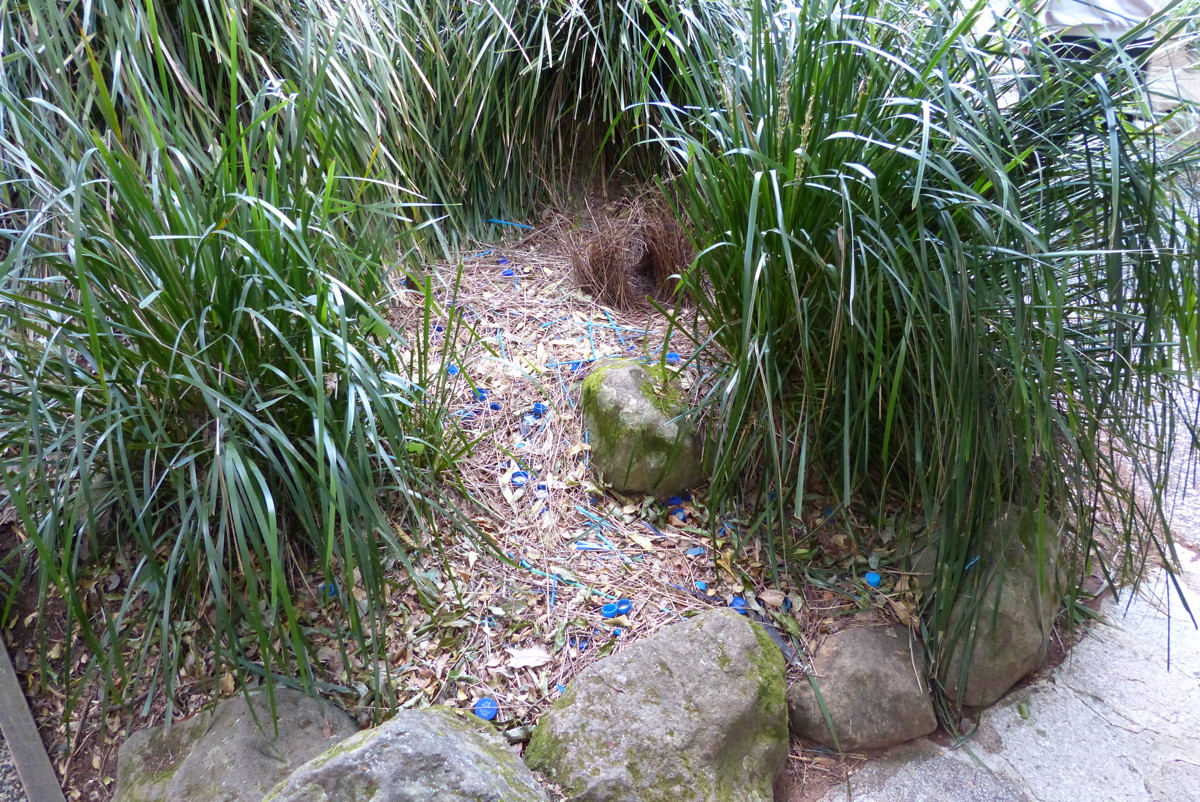

Noisy Pitta - This bird can be difficult to sight in the forest but it does attract attention with its loud call.
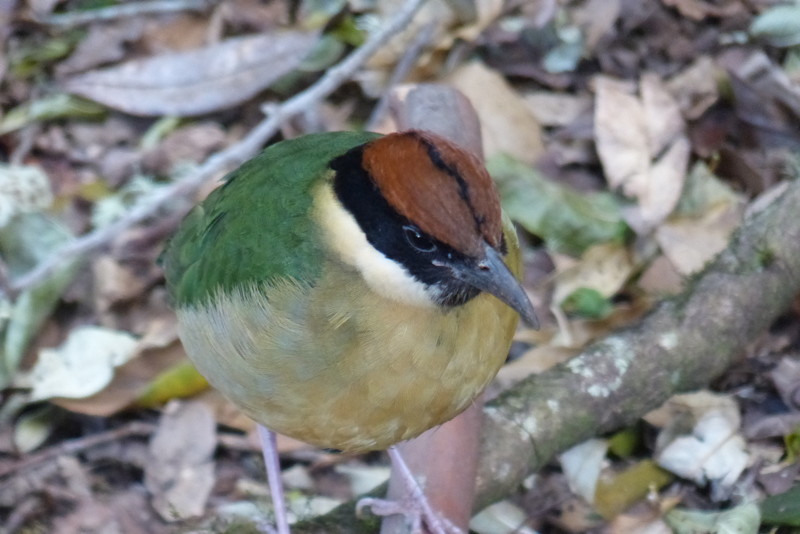

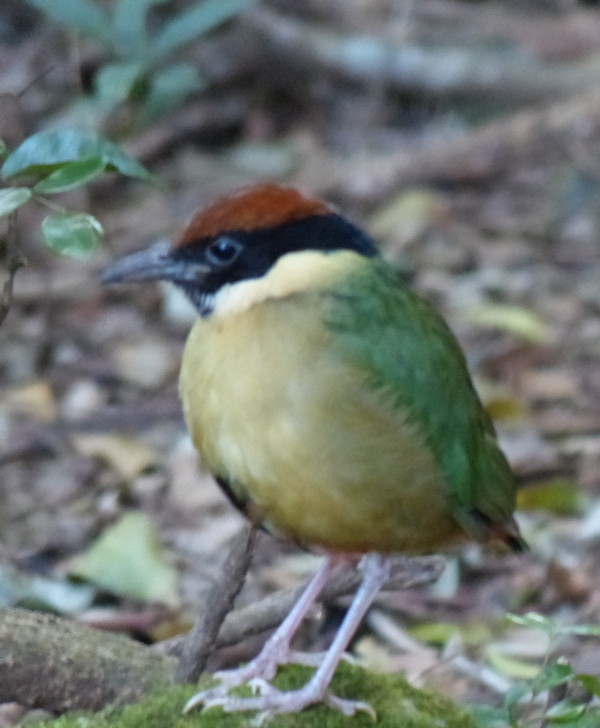
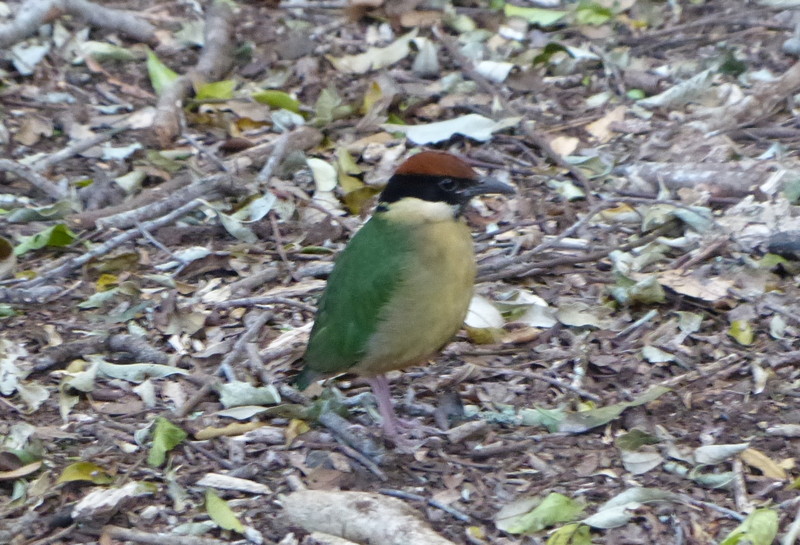
Red-browed Finch
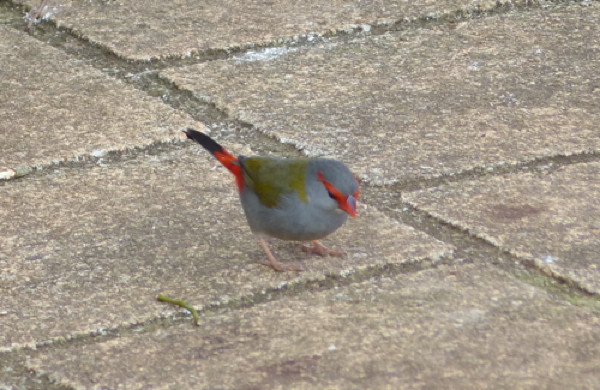

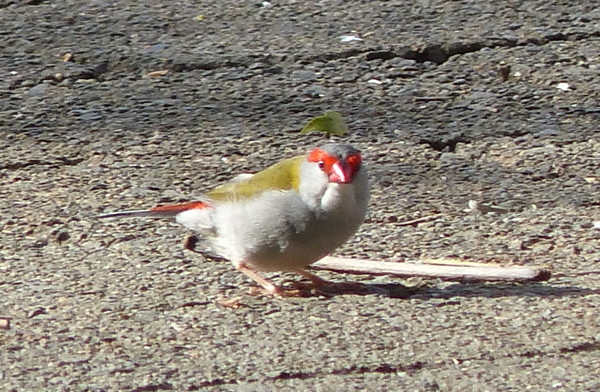

Pied Currawong - We saw only one of these birds. Al snapped this photo without knowing it would be our only sighting on the whole trip.
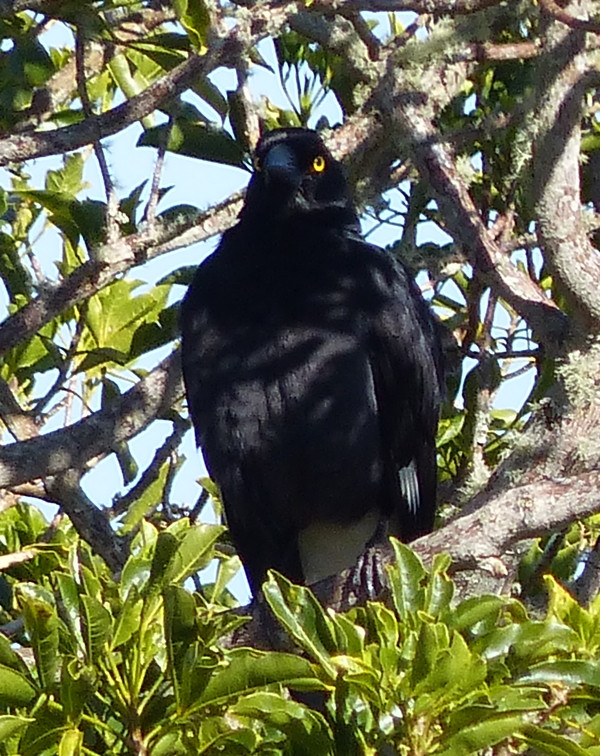

Scarlet Honeyeater - This is the brightest colored of the honeyeaters. He is on a grass tree bloom and feeding on the nectar. This plant apparently only blooms after a fire, and this area had burned within the past year so there was plenty for them to eat.
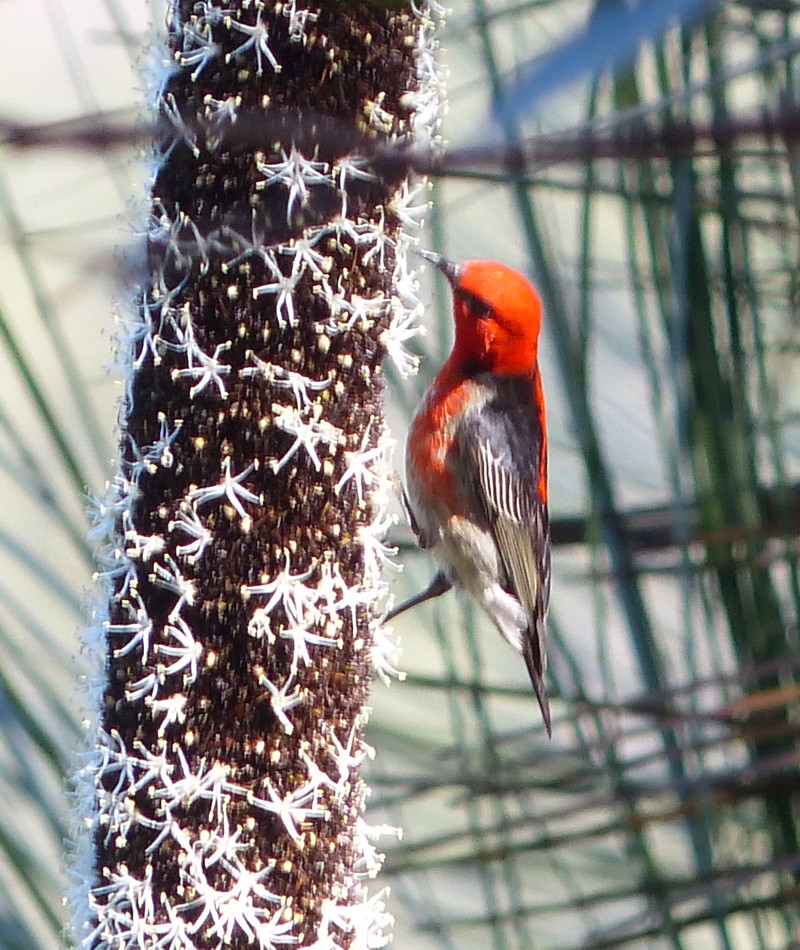

We would not have known this was a female Scarlet Honeyeater except for her close association with the male who has very distinctive markings.


Red-headed Honeyeater
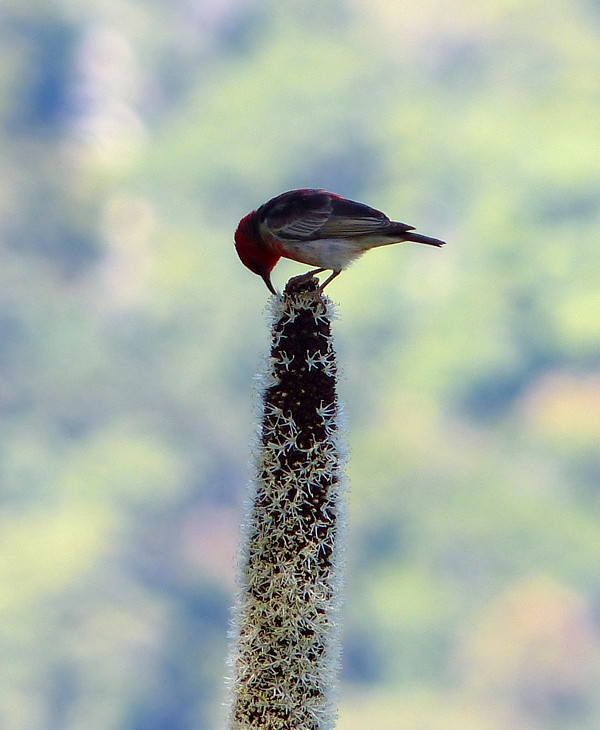

Silvereye - While not considered a honeyeater, these birds apparently have a "brushed" tongue, like the honeyeaters and our American hummingbirds.
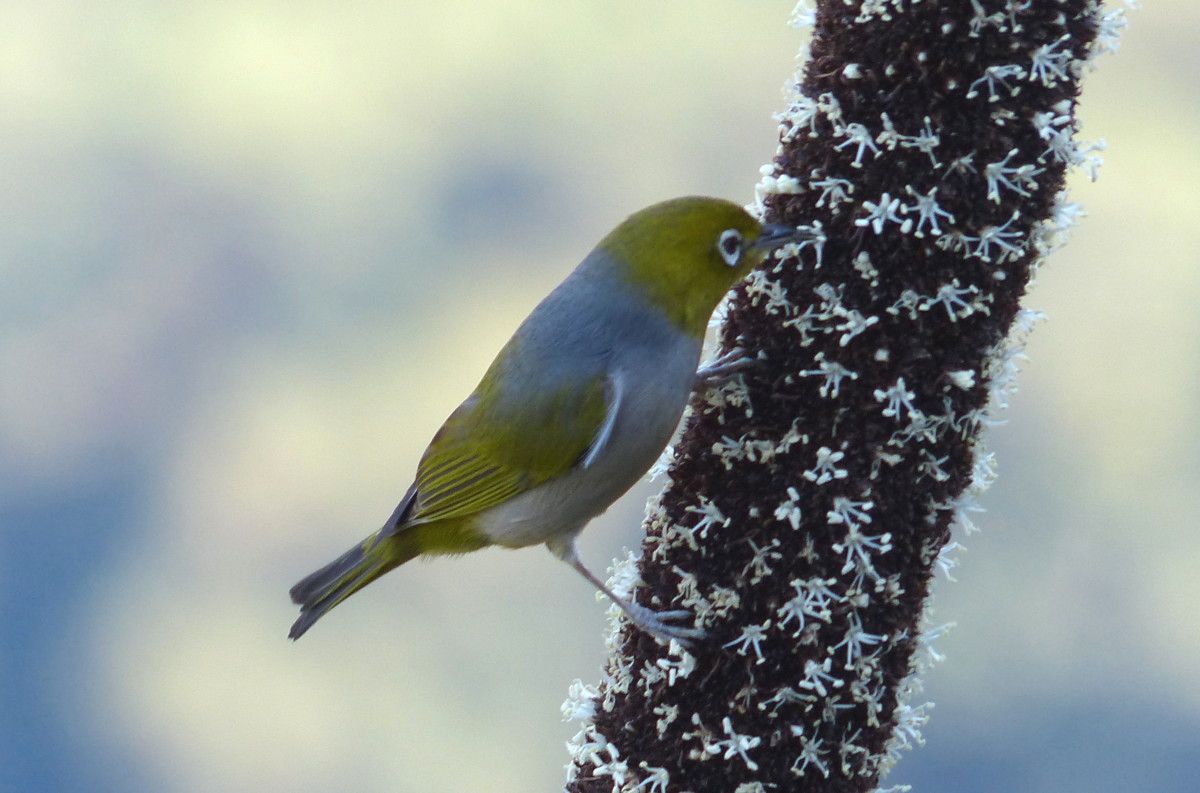

Lewin's Honeyeater - These birds are territorial and chase all the smaller birds out of the areas they claim, which was all the areas we had access to the day we were there. We had to be quick with the camera to get photos of anything else.
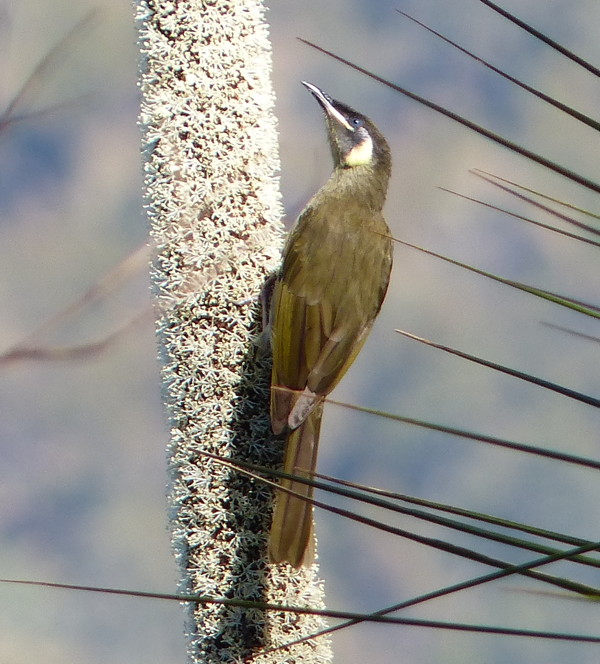

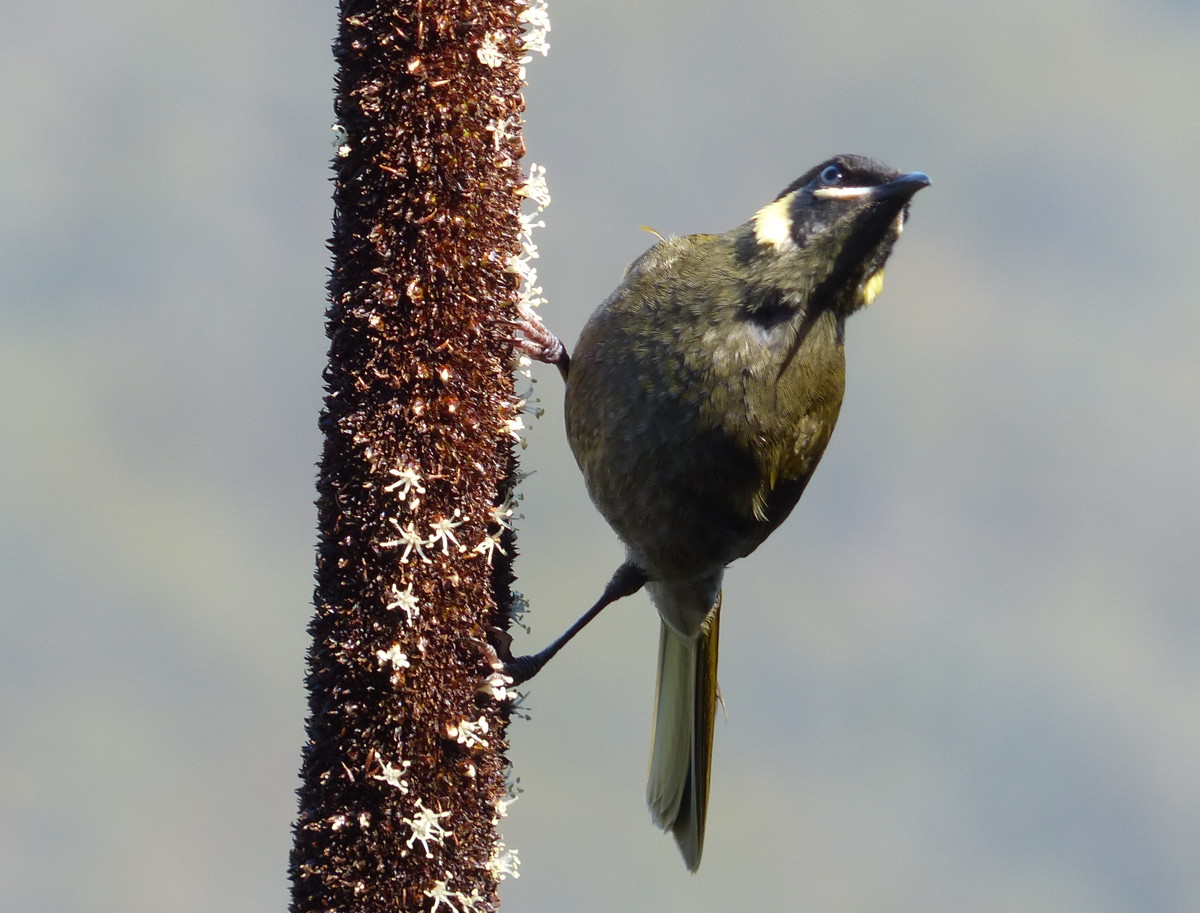
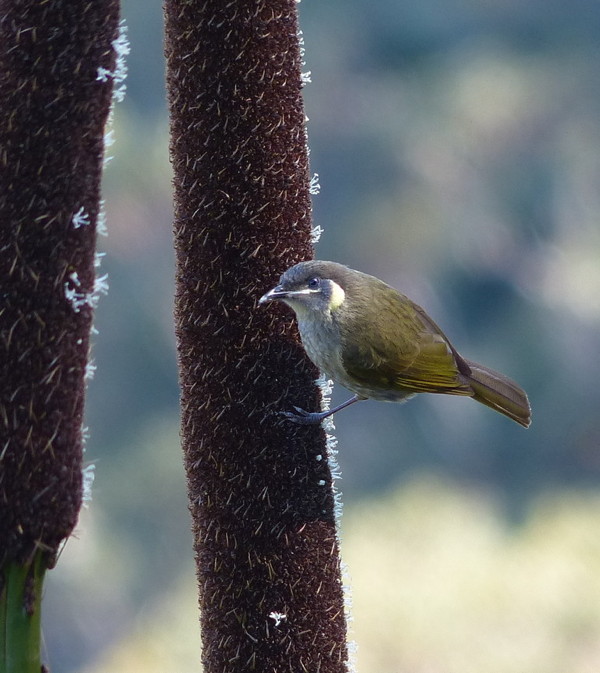
Eastern Yellow Robin - We saw this bird mostly in the mornings around the time the guides would feed the birds on their walks. It's possible all these photos were of the same bird as he followed us around.
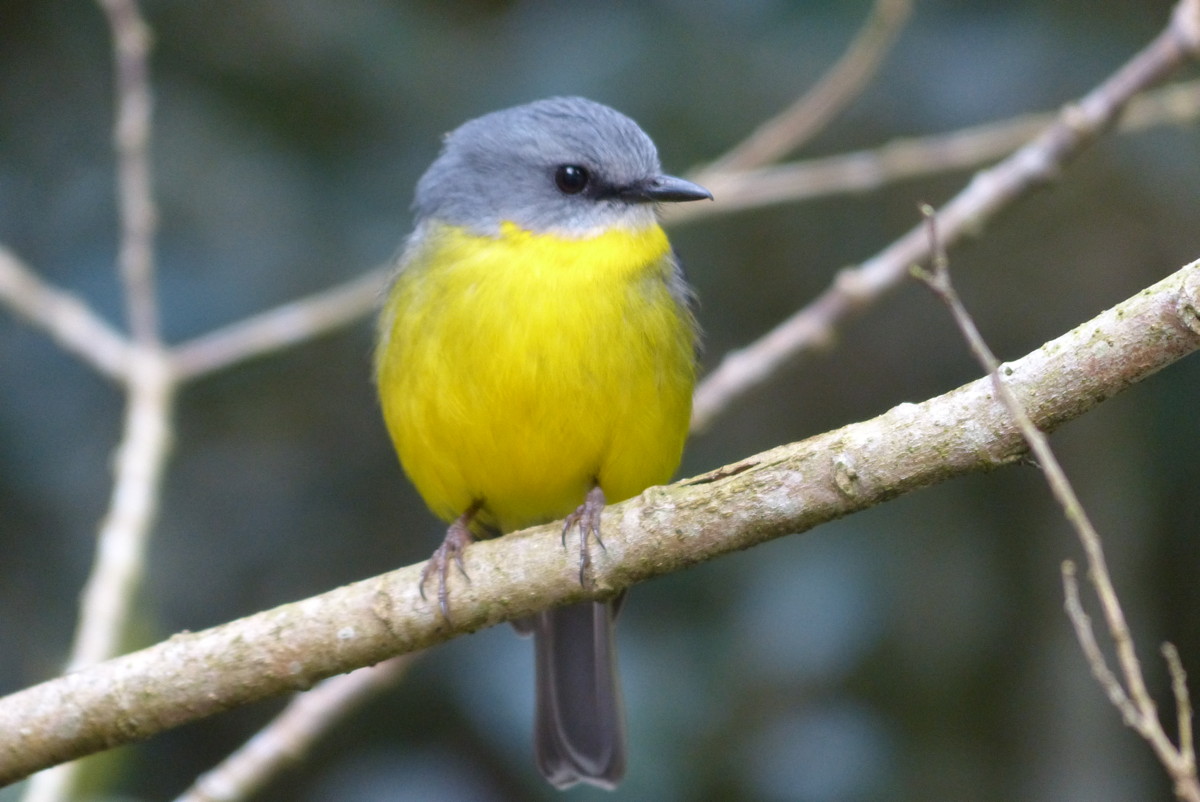

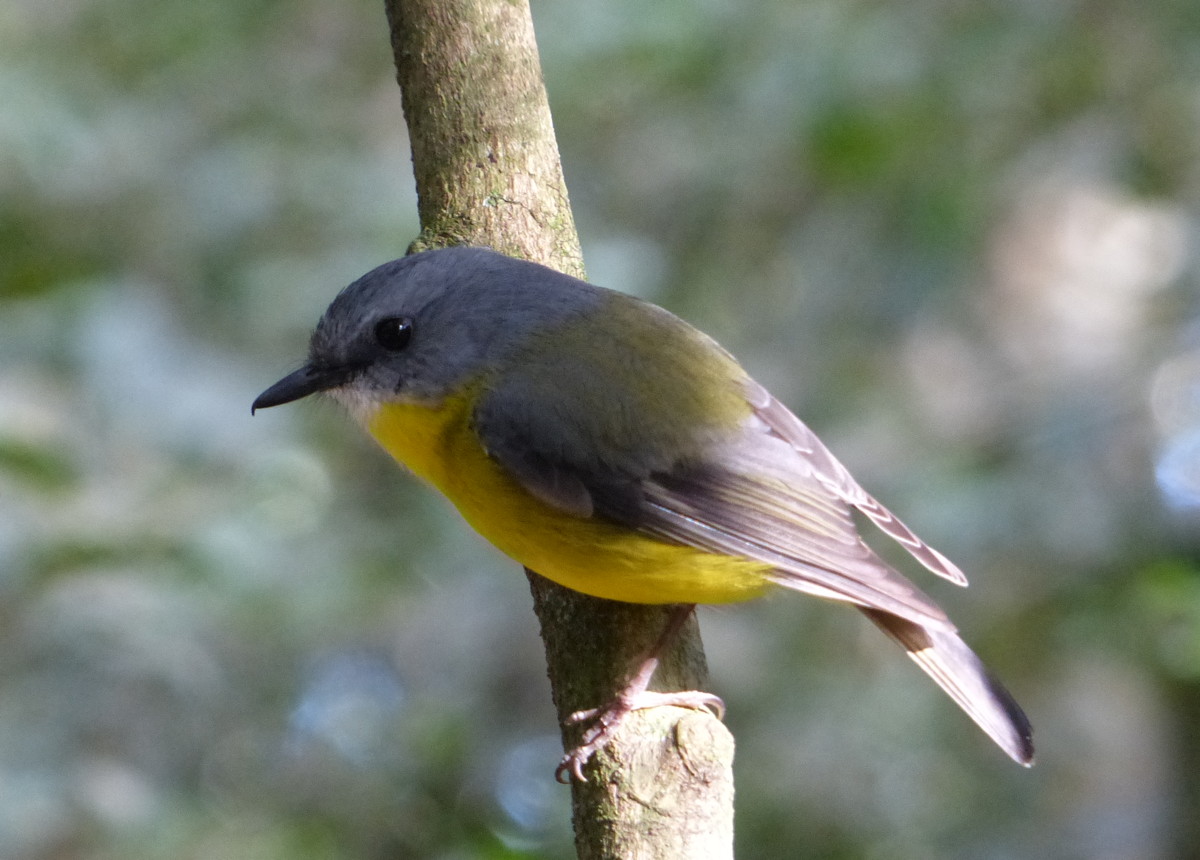


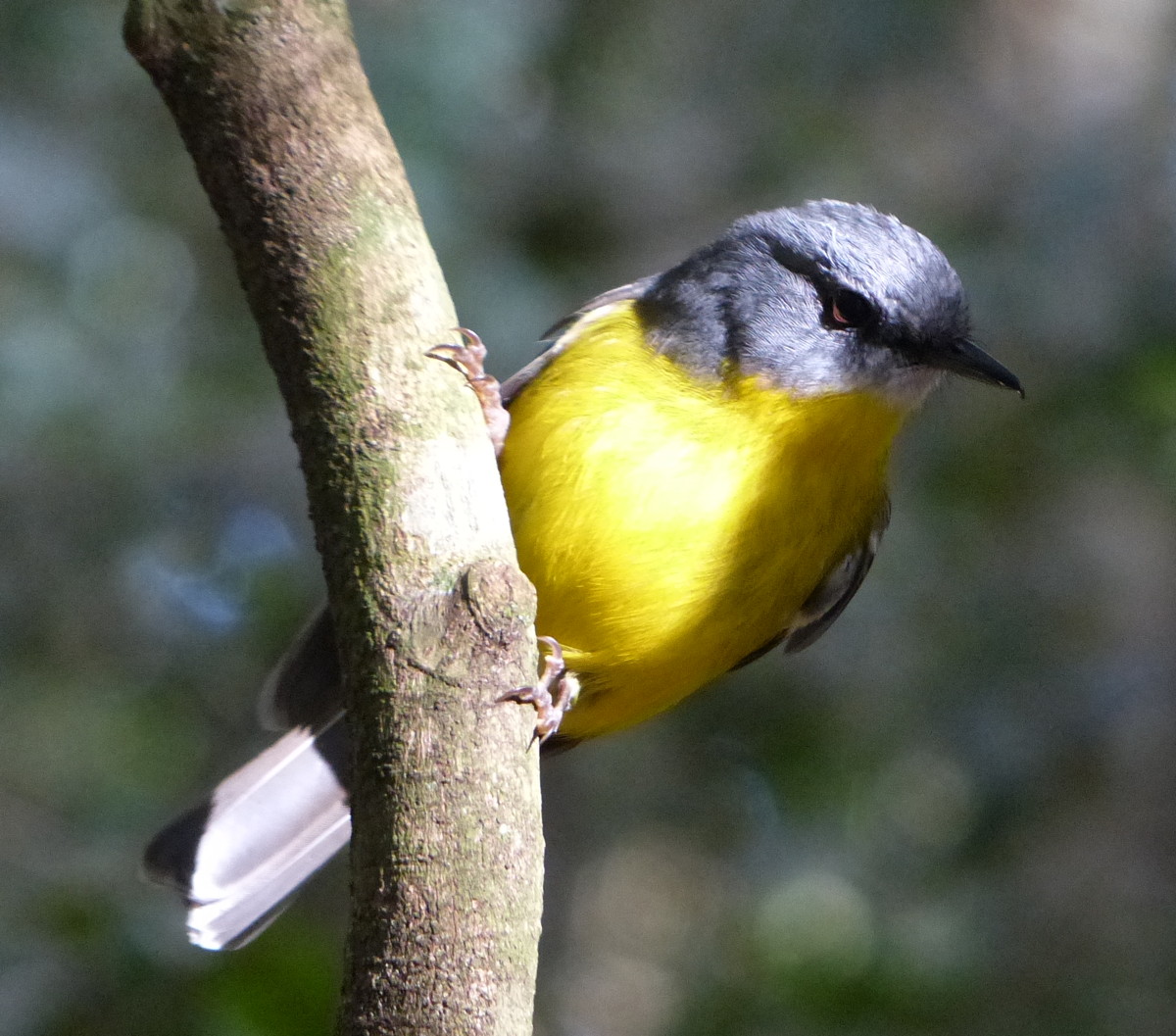
Variegated Fairy-wren, female - We think this bird and the one in the following photo were mated. The male was in heavy brush and hard to photograph.
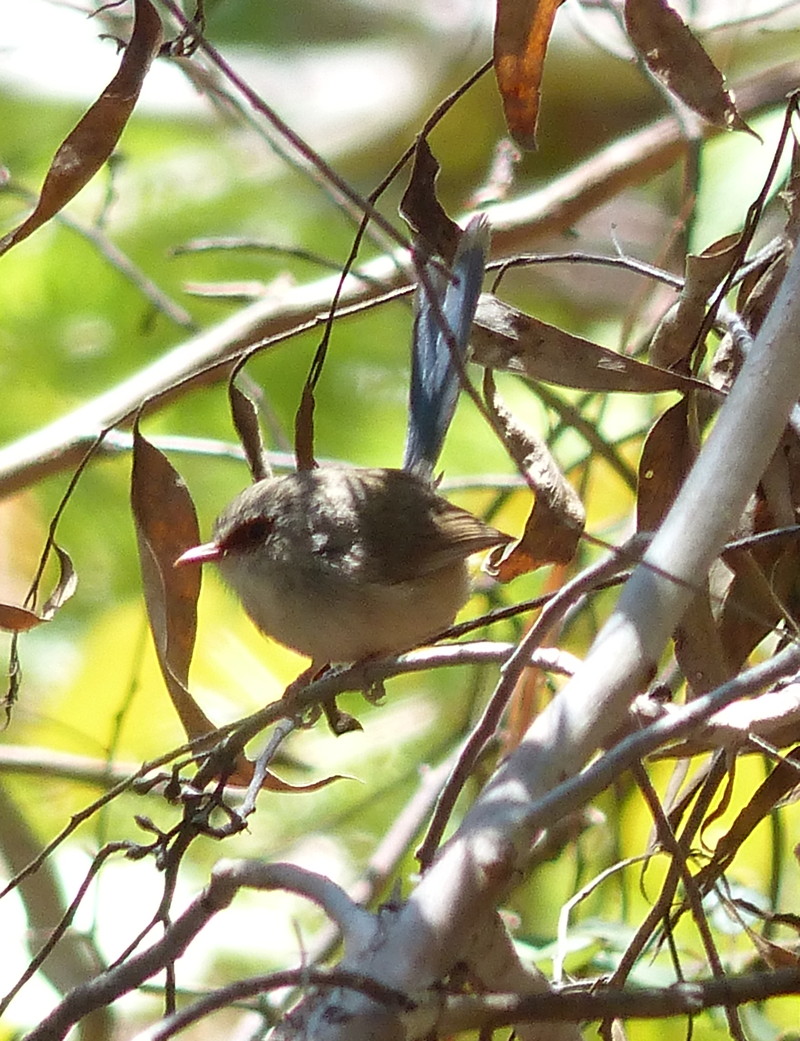


Welcome Swallow - We saw hundreds of these, most of the time in flight.
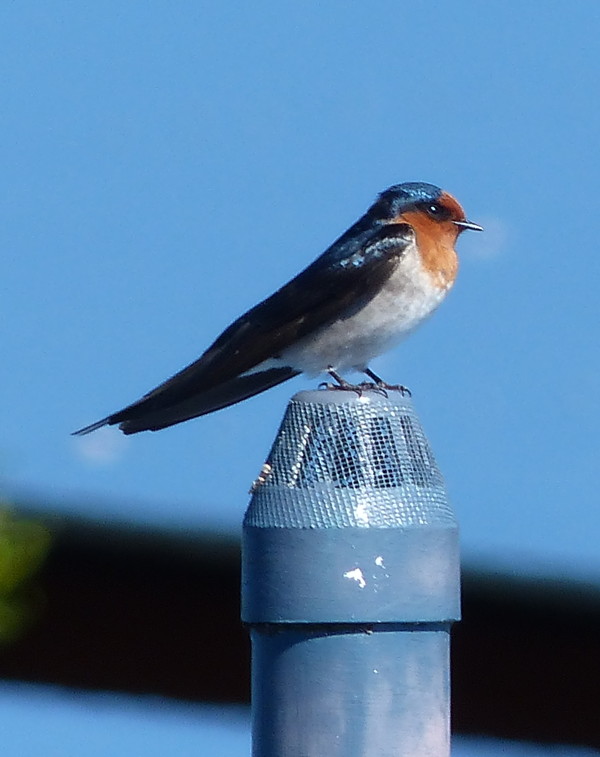


White-browed Scrubwren - This bird might be hard to identify if not for its distinctive white markings on the head and wings.
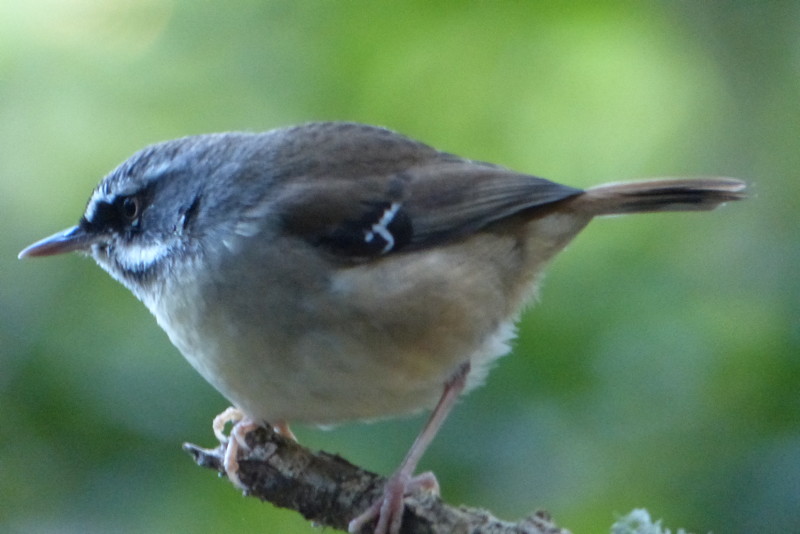

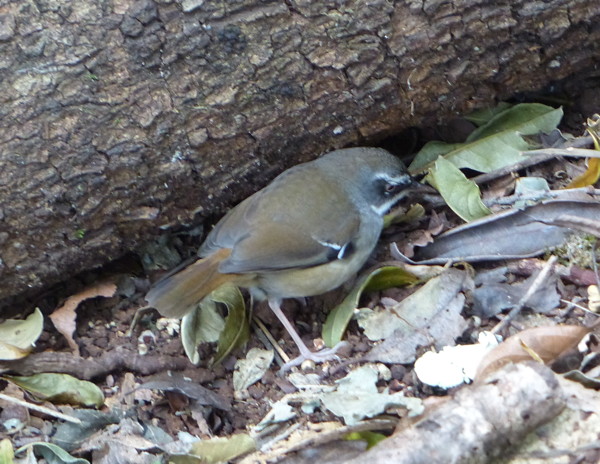
Yellow-throated Scrubwren - Known to be quiet and tame they are usually seen hopping on the rainforest floor.
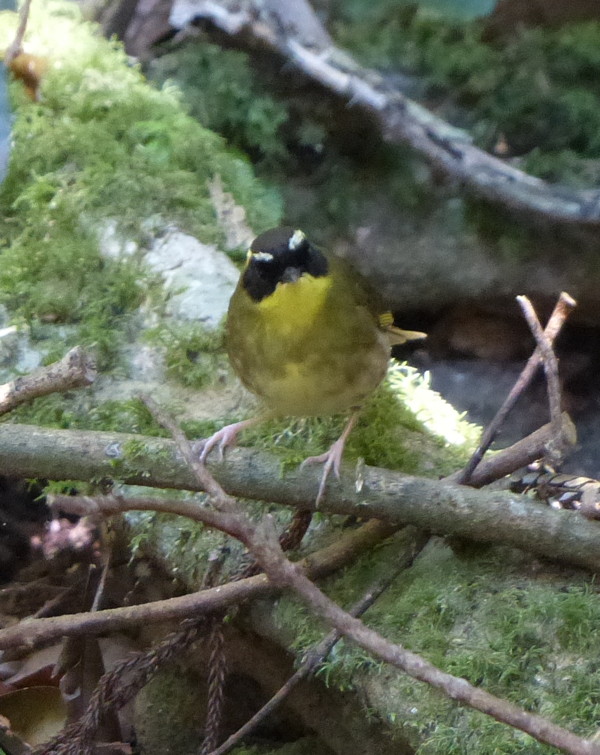



Return to log Next to Darwin